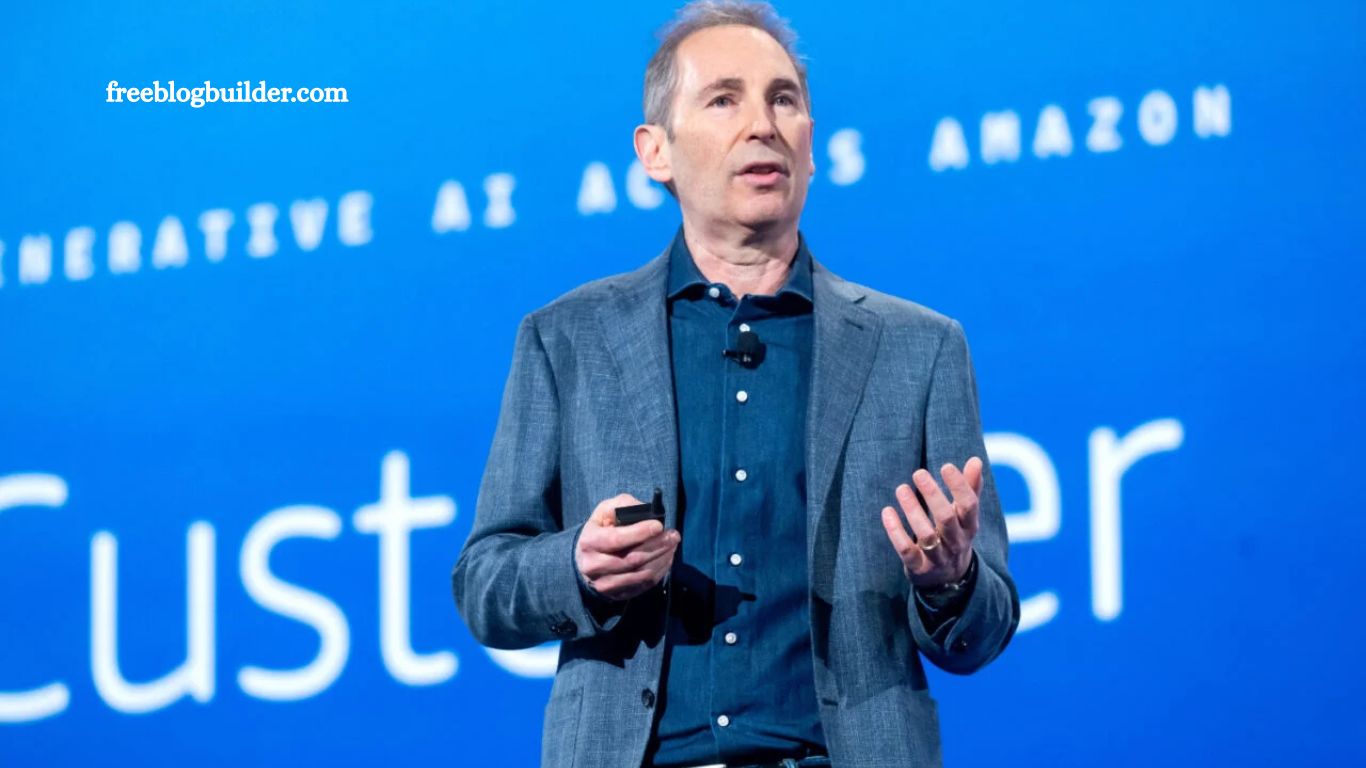In a recent message to employees, Amazon CEO Andy Jassy delivered a clear, if carefully worded, signal about the company’s future direction: artificial intelligence is in, and some human jobs may soon be out. Framed as a transformative leap forward, Amazon’s embrace of generative AI is being touted as a driver of innovation, efficiency, and operational evolution.
But between the lines, Jassy’s remarks strongly suggest that Amazon is preparing to reduce its corporate workforce as AI tools begin to automate tasks currently handled by people. While the company is positioning AI as a breakthrough, the underlying message is unmistakable—Amazon is restructuring, and AI is at the center of that shift.
Read More: Understanding the Symptoms and Causes of Elevated Cortisol Levels
Amazon’s All-In AI Strategy
Jassy described generative AI as a “once-in-a-lifetime” technology that is already being embedded in nearly every part of the company. According to him, Amazon currently has over 1,000 generative AI projects either launched or underway—a figure he emphasized as merely the beginning. The company has committed an astounding $100 billion to AI investment this year alone, underscoring its aggressive push to lead in the space.
Fewer People, “Scrappier Teams”
As Amazon’s AI footprint expands, Jassy made it clear that the nature of work within the company will fundamentally change. He openly stated that Amazon will “need fewer people doing some of the jobs that are being done today,” citing anticipated efficiency gains. While new roles may emerge, the near-term impact appears to be a net reduction in human roles—especially those vulnerable to automation.
Layoffs in Motion
Though Jassy avoided direct announcements of immediate job cuts, the company’s recent actions speak volumes. Over the past two years, Amazon has laid off roughly 27,000 employees, including sizable cuts to its books and devices divisions. The trend is ongoing, and Jassy’s latest message suggests more reductions are on the horizon.
Survival Tips—or a Playbook for Replacement?
In a nod to the anxiety likely spreading across Amazon’s 1.5 million-strong workforce, Jassy encouraged employees to “be curious about AI” and actively participate in training and experimentation. While framed as an opportunity for growth, some may interpret this as a directive to help usher in the very technologies that could replace them.
Is AI a Cover for Cost-Cutting?
Amazon is hardly alone in using AI as a justification for workforce restructuring. Other companies, like Klarna, have tried replacing customer service roles with AI—only to walk it back after underwhelming results. Whether Amazon’s vision results in sustainable innovation or short-term stock-driven efficiency gains remains to be seen. But for now, the message from leadership is clear: adapt fast, or risk being left behind.
Frequently Asked Questions
Is Amazon planning more layoffs?
While Amazon has not officially announced another round of layoffs, CEO Andy Jassy’s recent message strongly hints at future workforce reductions. He stated that as AI efficiencies are realized, the company expects to “reduce our total corporate workforce.”
Why is Amazon focusing so heavily on AI?
Amazon sees generative AI as a transformational technology that will impact every aspect of its operations. The company has already launched or is developing over 1,000 AI-powered applications and is investing $100 billion in AI technologies this year alone.
Which departments are most at risk for layoffs?
Although Jassy didn’t specify, past layoffs have hit the devices and services team and the books division, suggesting that departments not directly tied to AI or cloud services may be more vulnerable.
What kinds of jobs could be affected by AI at Amazon?
Jobs involving repetitive, procedural tasks are likely at risk—roles in operations, customer support, and even certain corporate functions. Jassy mentioned that some jobs will be eliminated, while others will evolve or be newly created.
What can employees do to protect their roles?
Jassy advised employees to engage with AI tools, attend training sessions, and contribute to team initiatives that explore how AI can improve productivity. This suggests that demonstrating AI fluency could be key to job security.
Will AI create new roles within Amazon?
Yes, Jassy indicated that while some jobs will disappear, new roles will emerge that focus on developing, managing, and integrating AI technologies. Adaptability will be crucial.
Conclusion
Amazon’s full-scale embrace of generative AI marks a pivotal shift in how it envisions the future of work. While CEO Andy Jassy frames this transition as a bold leap toward innovation and efficiency, the implications for the company’s workforce are unmistakable.
The message is clear: automation is not just a tool for growth—it’s a catalyst for restructuring. Employees are being urged to reskill and adapt, not necessarily for advancement, but possibly as a means of self-preservation.


